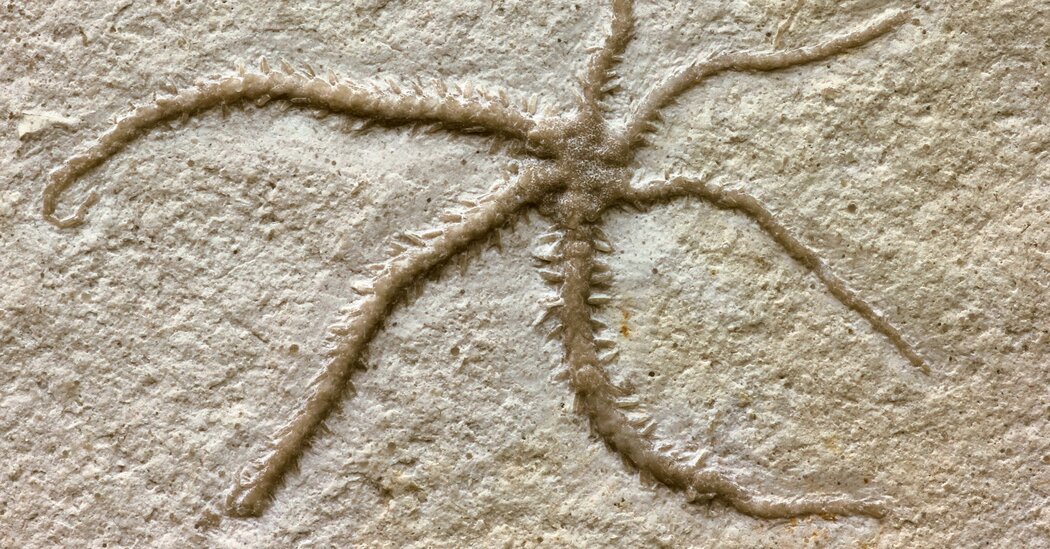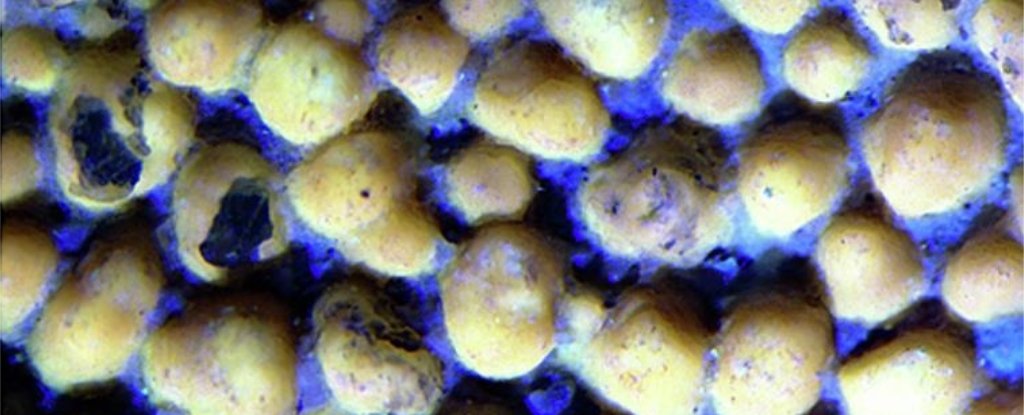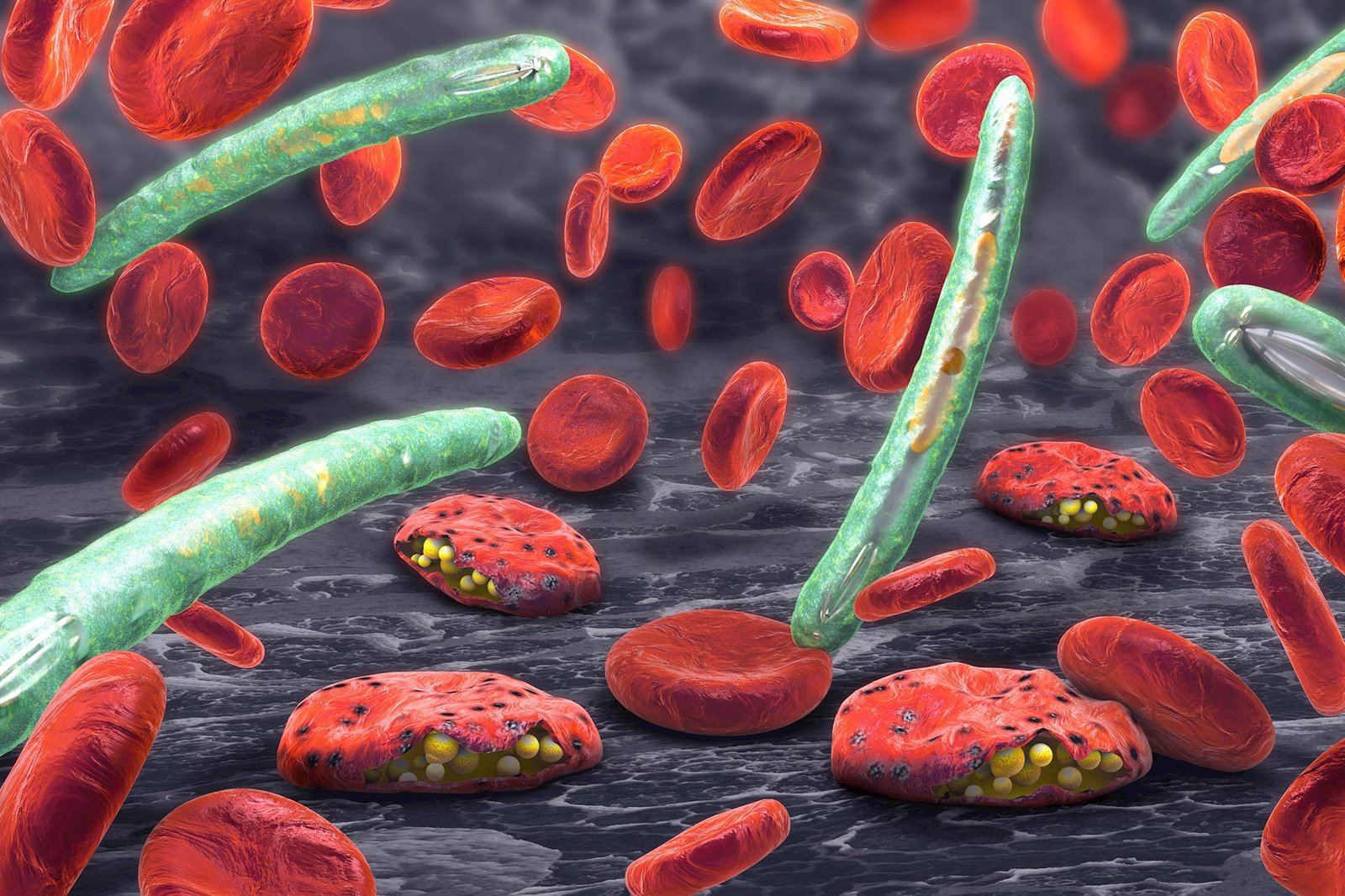Some brittle stars give an arm and a leg (and still another appendage) to reproduce. When mates are scarce, these starfish-like sea creatures split themselves in half. Each side then regrows its missing half, creating two identical clones of the original animal.
This process, known as clonal fragmentation, is practiced by almost 50 species of existing brittle stars and their starfish relatives. However, scientists have found it difficult to determine when brittle stars, a gangly group of echinoderms, started reproducing this way.
A recently discovered fossil from Germany pushes the origin of cloning sea stars back more than 150 million years. In a paper published Wednesday in The Proceedings of the Royal Society B, a team of scientists describe the fossil of a brittle star that was petrified while regenerating three of its six limbs.
“It’s the first fossil evidence for this phenomenon,” said Ben Thuy, a paleontologist at the National Museum of Natural History in Luxembourg and an author of the new study. The specimen, he added, shows that “clonal fragmentation is actually much older than people previously thought.”

The brittle star fossil was discovered in the Nusplingen limestone deposit in southern Germany. In the late Jurassic period, 155 million years ago, this area was a balmy lagoon home to marine crocodiles, sharks and pterosaurs. When some of these creatures died, they sank to the bottom and were buried by mud. Low oxygen levels slowed their decomposition, preventing scavengers from picking at the carcasses.
These conditions preserved fossils in incredible detail, capturing delicate structures like dragonfly wings and even a dinosaur feather. The newly described brittle star is another treasure imprinted onto the site’s limestone slabs. “You have this brittle star with every single piece in its original place, just as if it washed up on the beach a day ago,” Dr. Thuy said.
The brittle star fossil was discovered during a 2018 excavation by researchers from the State Museum of Natural History in Stuttgart, Germany. Dr. Thuy teamed up with researchers from around Germany and Austria to study the fossil.
The brittle star’s mismatched anatomy stood out. Three of its arms were thin squiggles compared to its three other arms, which were larger and studded with spines.
The scientists placed the brittle star inside a micro-CT scanner to examine its structure. They also compared the animal’s anatomy with other brittle star species.
The researchers concluded that the fossil is the oldest known member of a still-living family of brittle stars called Ophiactidae. They placed the fossil brittle star in the genus Ophiactis and added the species name hex, both in reference to its six arms, and as a nod to Hex, a magical supercomputer created by the fantasy writer Terry Pratchett. In Pratchett’s “Discworld” books, Hex is capable of imagining the unimaginable.
To the scientists, discovering a fossilized creature as it cloned itself was unimaginable.
In the past, researchers have uncovered fossils of starfish regenerating single limbs. A brittle star from a Jurassic deposit in Switzerland was even regrowing multiple limbs when fossilized. But the irregular growth patterns on these earlier fossils appear to represent sea stars recovering limbs lost to injury. By contrast, O. hex seems to be regenerating limbs along a symmetrical plane, making it the only known echinoderm fossil frozen in the aftermath of cloning.
The new fossil provides evidence that brittle stars have been splitting themselves in two since at least the late Jurassic period. According to Gordon Hendler, an echinoderm curator at the Natural History Museum of Los Angeles County, roughly half of all living Ophiactis brittle stars are capable of severing themselves in two. Reproducing asexually helps the spindly scavengers rapidly colonize environments like sponge meadows and patches of algae.
Because they usually live in dense populations, it may be possible to find more brittle star clones in the Nusplingen limestone. But Dr. Hendler says finding a fossil like this O. hex specimen took luck.
“Chances of another find like this ‘ancient link’ seem vanishingly small,” he said in an email. “I hope I am wrong!”










